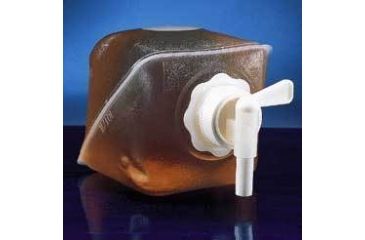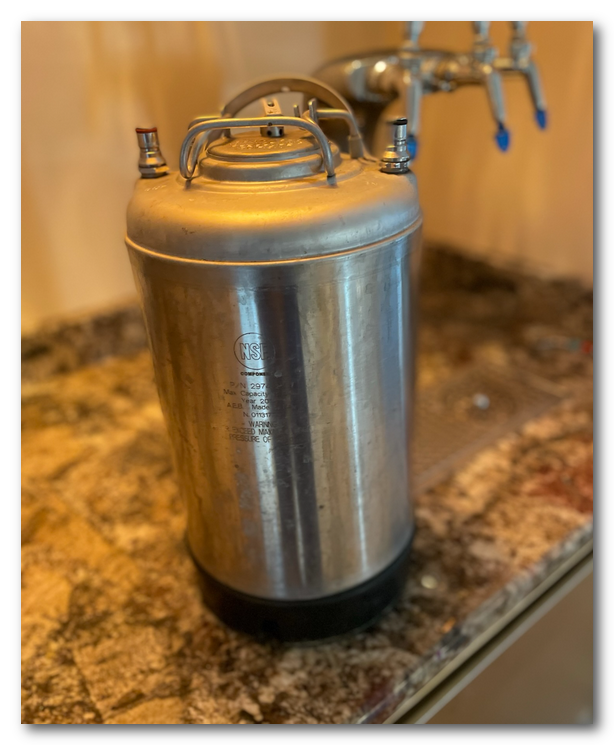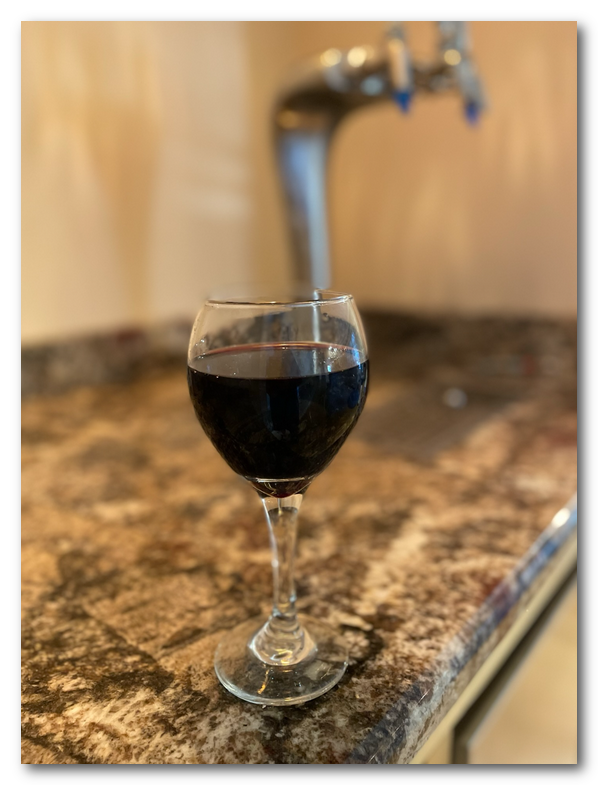Who here kegs wine? Beer gas?
Maybe it's popular, but I haven't seen it. Just curious.
I absolutely love the taste of full-bodied tannic red wines, but I only drink a glass every couple of weeks. But I was thinking about making some and putting it on tap.
Thoughts?
Maybe it's popular, but I haven't seen it. Just curious.
I absolutely love the taste of full-bodied tannic red wines, but I only drink a glass every couple of weeks. But I was thinking about making some and putting it on tap.
Thoughts?








